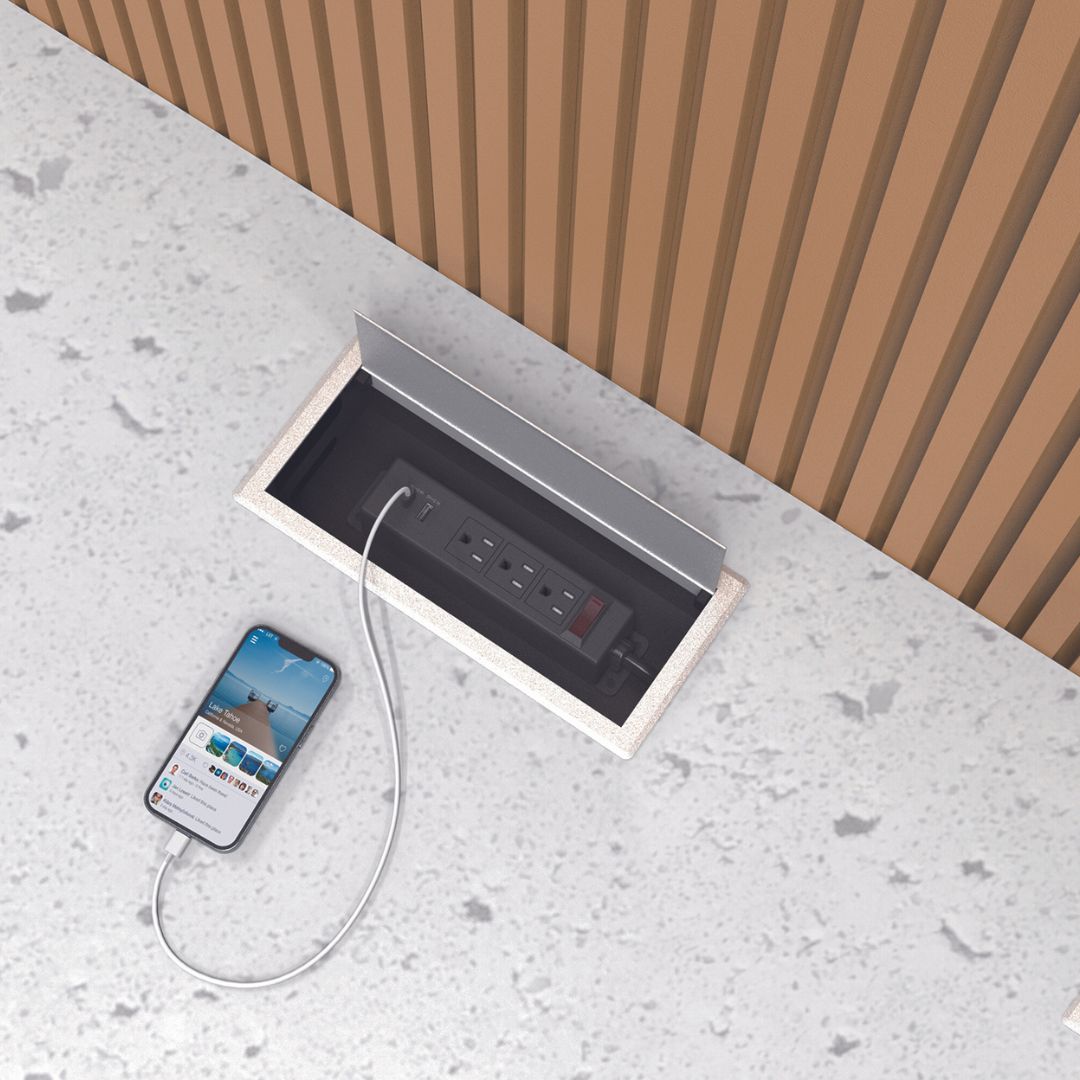The New USB Standard, The USB-C
In the ever-evolving landscape of technology, the standard choice for USB has undergone significant transformations over the years. USB (Universal Serial Bus) ports have become an integral part of our daily lives, connecting devices and facilitating the transfer of data and power with at least nine unique types of connectors. With the emergence of USB-C, a more versatile and powerful alternative to the traditional USB-A, the tech industry is experiencing a paradigm shift. In this article, we answer, “Why should I swap from USB-A to USB-C?”
-
Reversible Design for User Convenience
One of the most noticeable advantages of USB-C is its reversible design. Unlike USB-A, which requires users to insert the connector in a specific orientation, USB-C is symmetrical. This means you can plug it in either way, eliminating the frustration of trying to figure out the correct orientation. The reversible design simplifies the user experience, making it more convenient and user-friendly.
-
Universal Compatibility
USB-C is designed to be a universal connector and is increasingly becoming the standard across various devices. Unlike other USB types, which have different versions with varying data transfer speeds and power capabilities, USB-C offers a consistent and standardized experience. Every year the USB-C has more usage cases in technology, decreasing the scope of the long list of data and power cable types (a handful of which are still missing from the image below). The universal design of the USB-C is a reliable choice for connecting a wide range of devices, from laptops and smartphones to external storage devices and peripherals.

-
Faster Data Transfer Speeds
USB-C supports higher data transfer speeds compared to USB-A. With USB-C, you can use the latest USB 3.1 and USB 3.2 standards, allowing for faster data transfer rates of up to 10 Gbps and 20 Gbps, respectively (significantly faster than the 5 Gbps maximum of USB 3.0 found in USB-A connectors). This increased speed is particularly beneficial for tasks such as transferring large files, backing up data, or accessing high-resolution media.
-
Increased Power Delivery
USB-C also supports Power Delivery (PD), a feature that allows for higher power transfer levels to be delivered over the same cable used for data transfer. This is a significant improvement over USB-A, which had limitations in terms of power delivery. USB-C can deliver higher levels of power, making it suitable for charging not only smartphones and tablets but also laptops and other power-hungry devices. This enhanced power delivery capability adds to the versatility of USB-C in various applications. To read more about these adaptions, we have linked an article from the official USB website.
-
Slimmer and More Compact Design
USB-C connectors are smaller and more compact compared to their USB-A counterparts. This slim design allows manufacturers to create thinner and lighter devices, contributing to the trend of sleek and portable gadgets where space is premium. The smaller form factor of USB-C is especially advantageous for ultrabooks, tablets, and smartphones where space is at a premium. The smaller form factor also contributes to the durability of USB-C connectors. Their compact size reduces the risk of damage caused by accidental tugs or pulls, enhancing the overall robustness of the connector.
USB-C Is The Optimal Solution
As technology advances, adopting USB-C over USB-A is a natural progression toward a more efficient and user-friendly future. The reversible design, universal compatibility, faster data transfer speeds, increased power delivery, and a slimmer form factor make USB-C the superior choice for connecting power and communication between devices. USB-C enhances the overall user experience and paves the way for a standardized and streamlined approach to connectivity in the new digital age. For a quick list of products utilizing our latest in USB-C technology check out our article, “Scratching The Surface of MOD’s Power Line-Up.”













